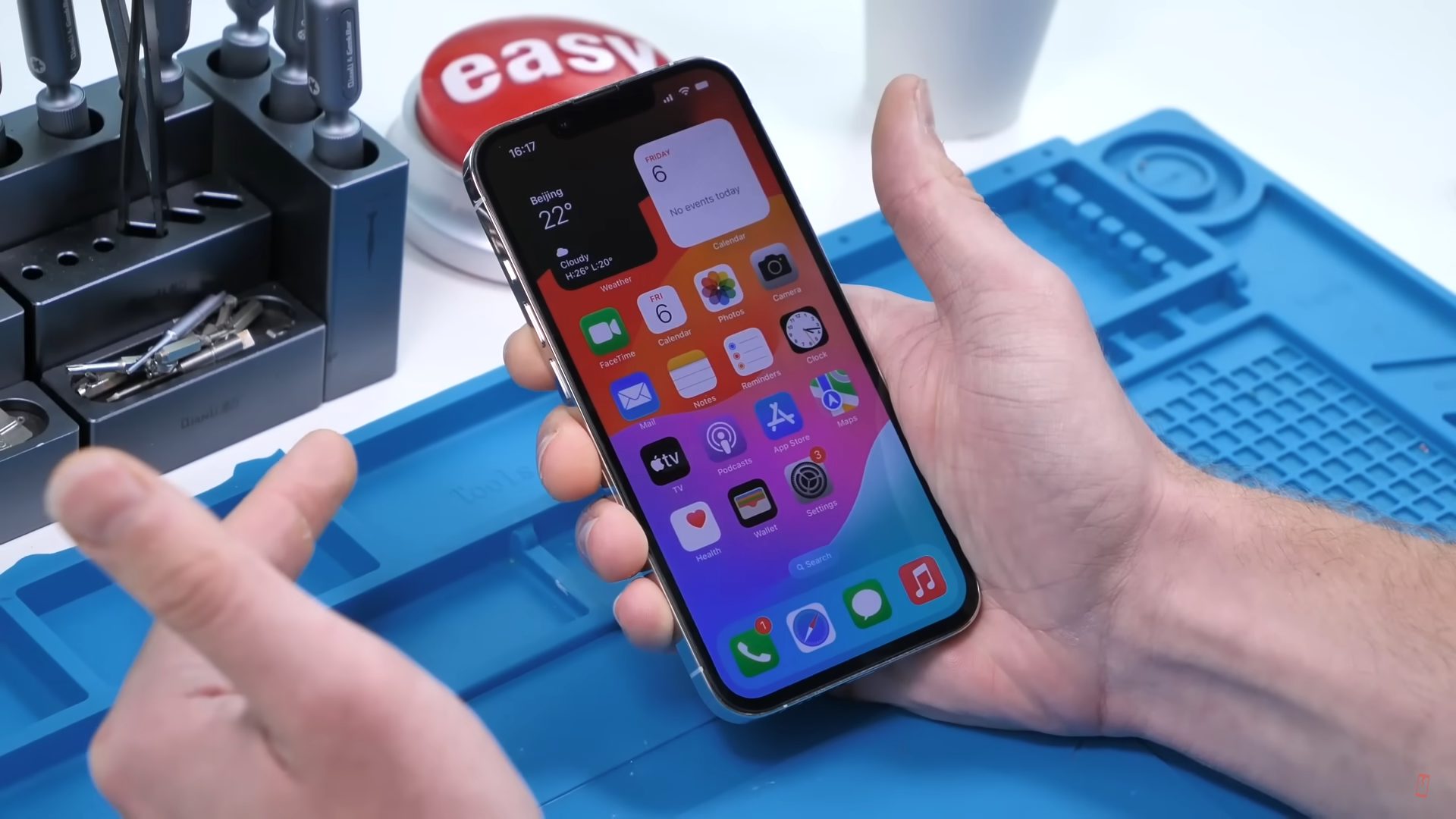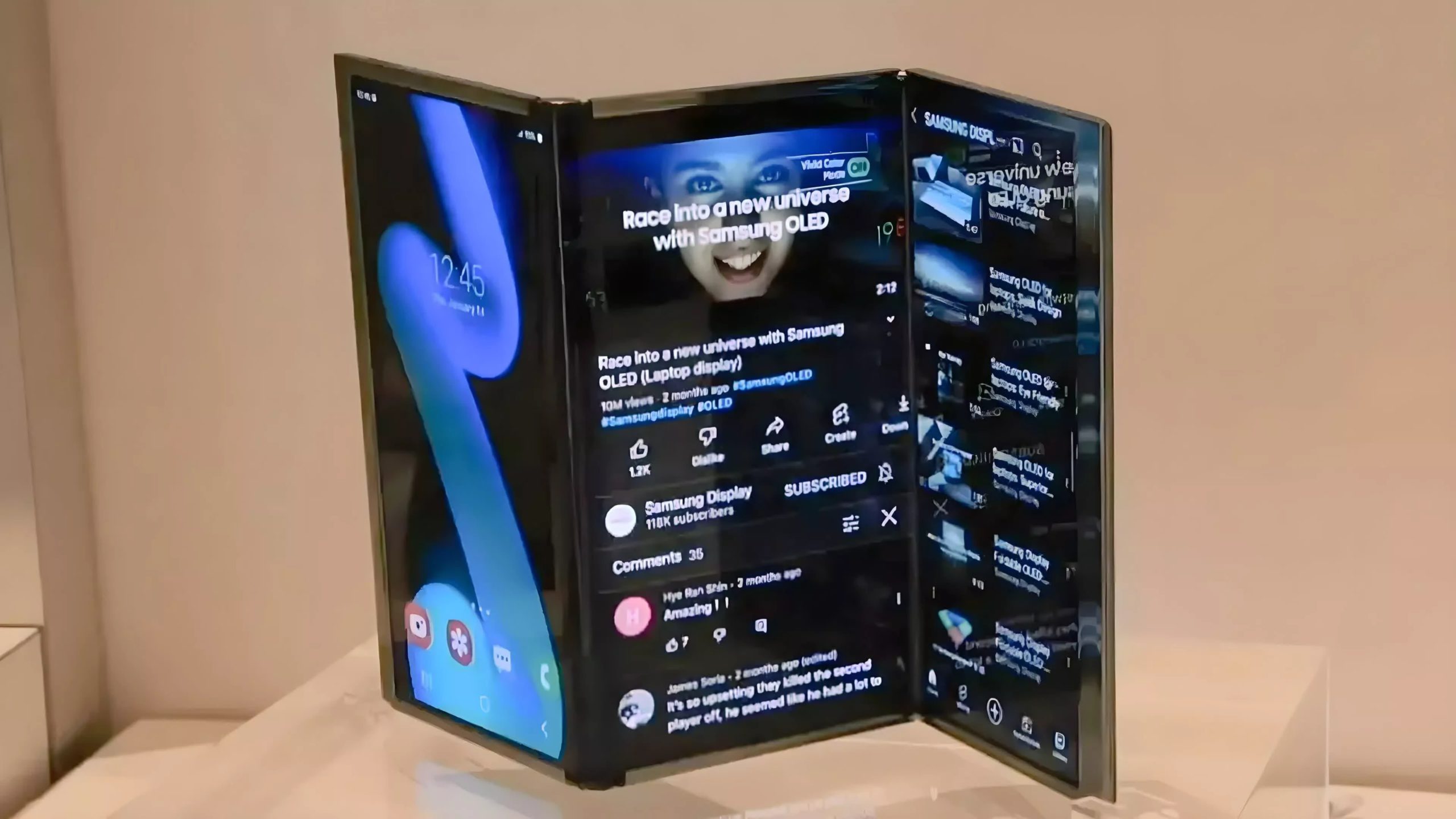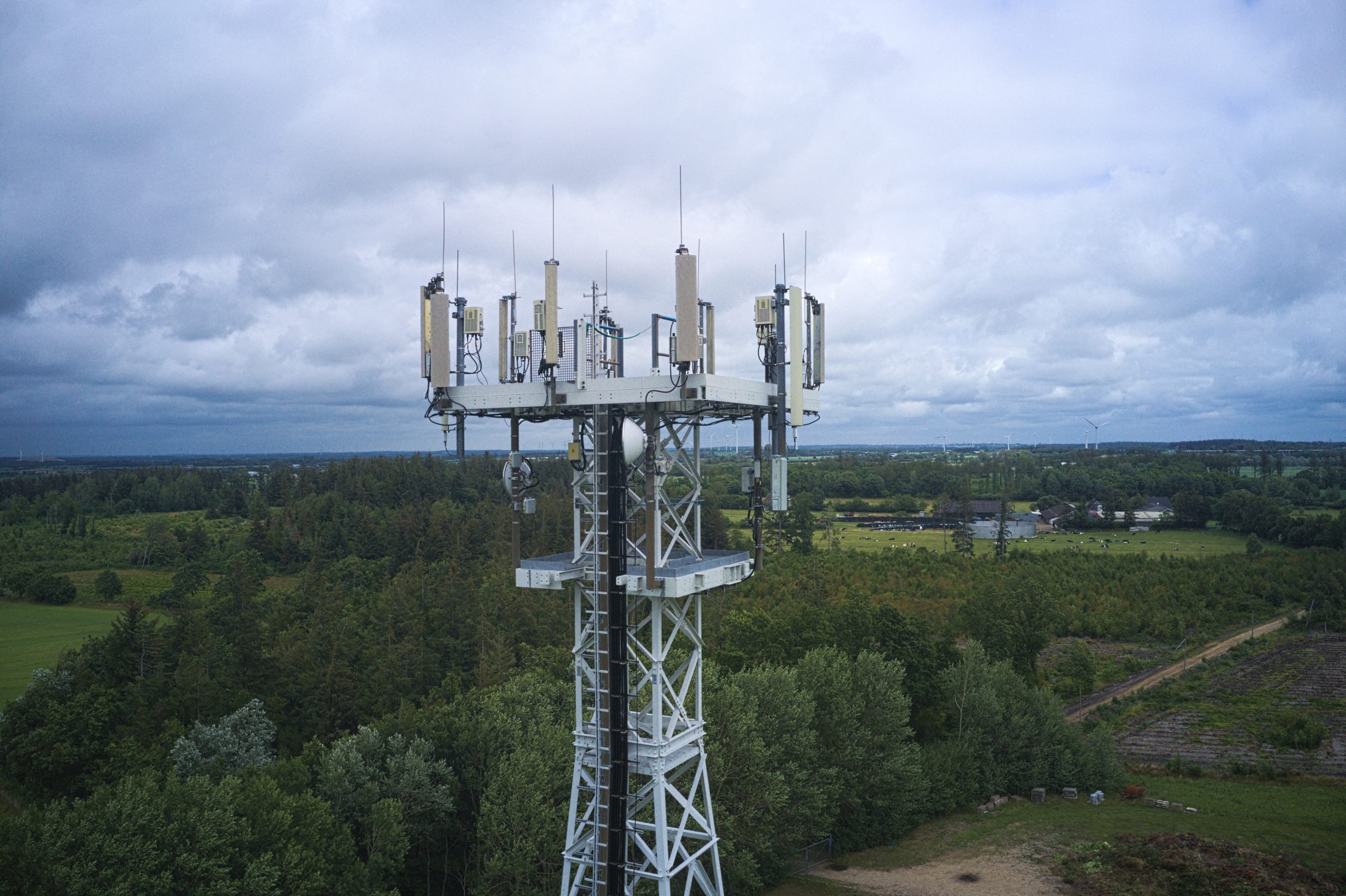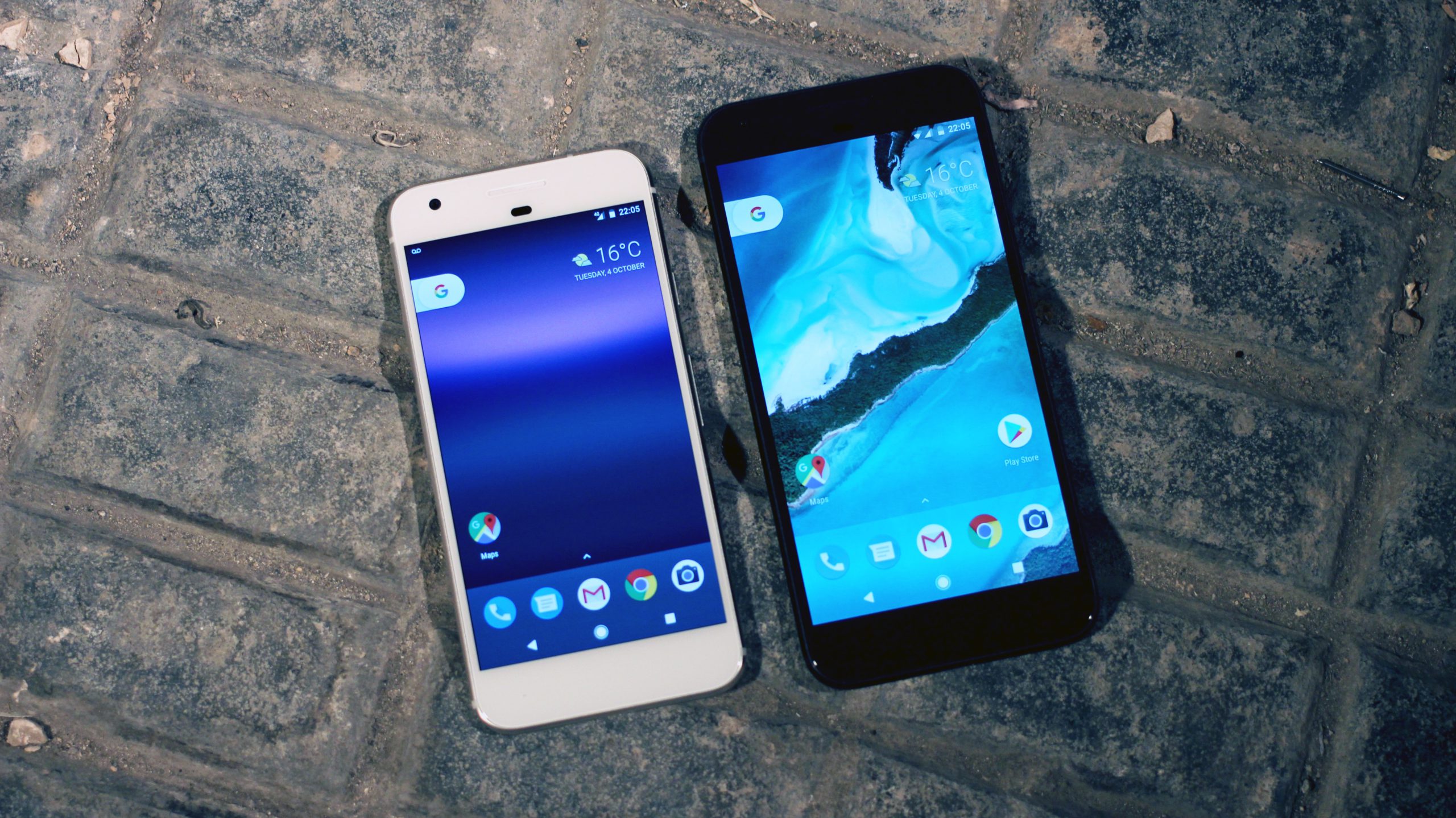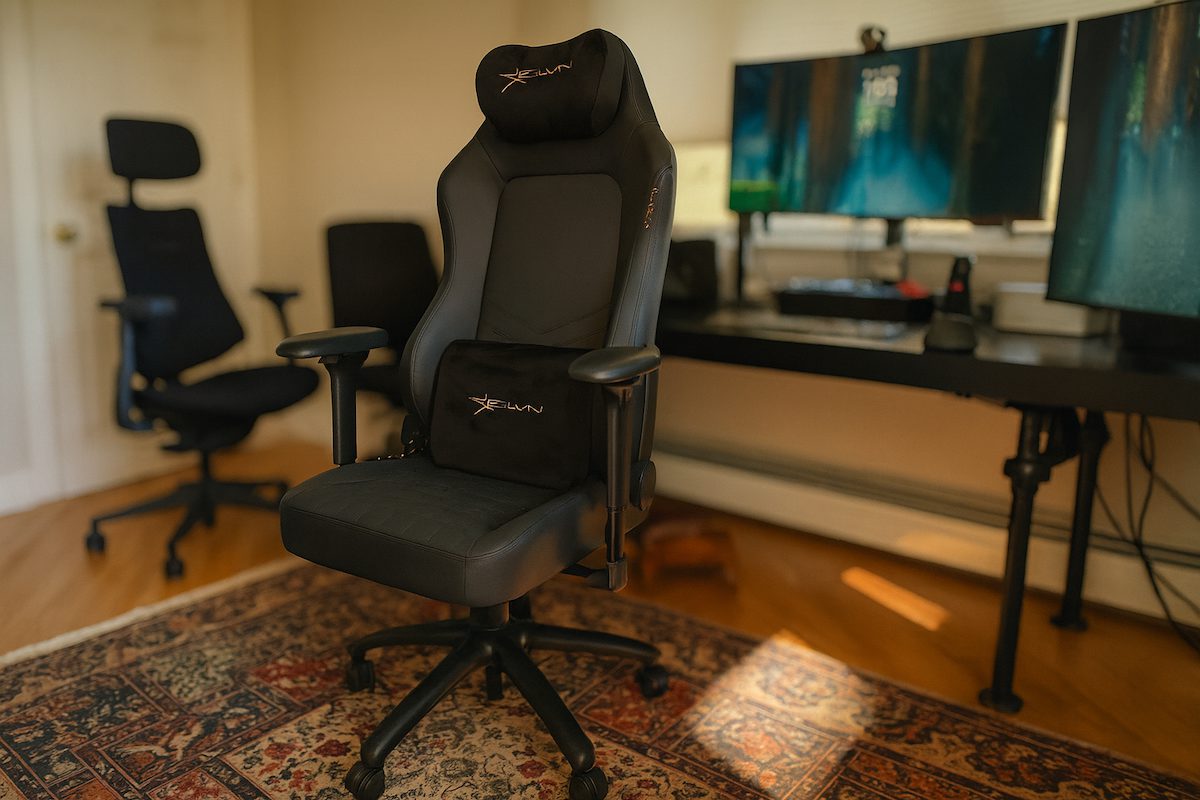Apple’s gleaming retail stores and polished marketing hide a simple truth – your iPhone costs far less to build than its price tag suggests. Like watching a magician’s expensive ticket show only to discover the rabbit was in the hat all along, Ottawa-based Phone Repair Guru just pulled back the curtain by assembling an iPhone 13 Pro from AliExpress parts for $373. The YouTuber sourced every component from China’s massive online marketplace – the digital equivalent of shopping at tech’s most chaotic garage sale. The completed device supposedly booted, functioned properly, and cost approximately 30% less than even a refurbished model. It might not have all the bells and whistles of a real iPhone, like the upcoming mind control tech, but it proves just how much of the price is wrapped in branding, not parts.
The Premium Shell: First Impressions of AliExpress Quality
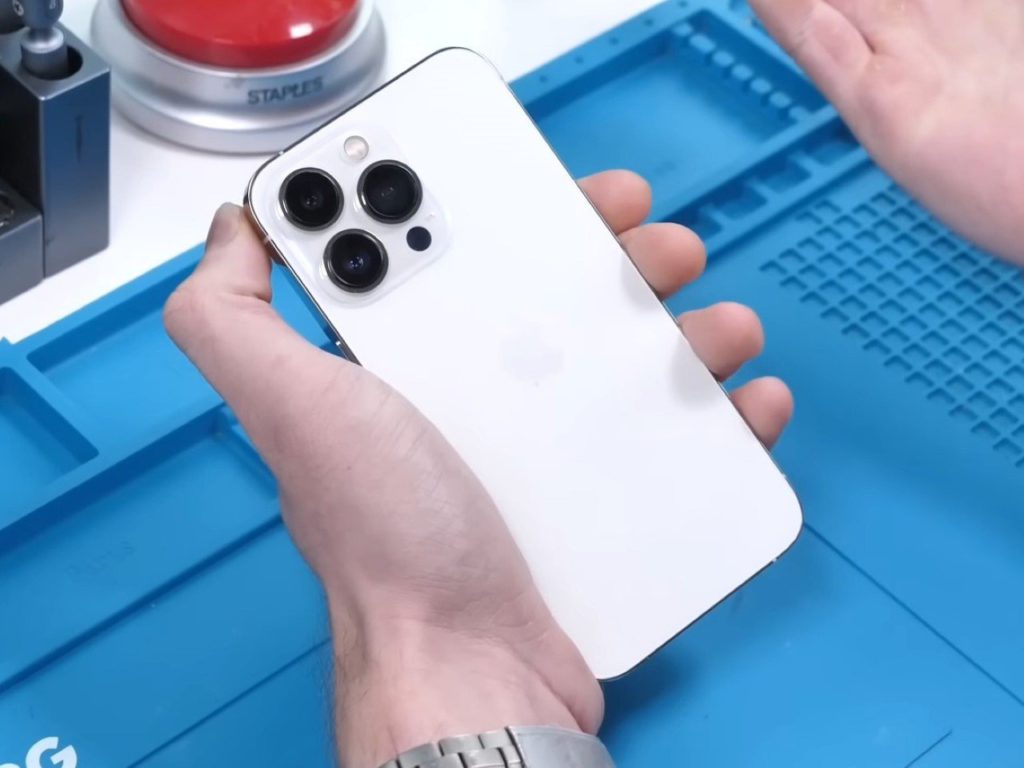
The foundation? A pre-assembled frame for $65 that reportedly included a charging port, speakers, and even the taptic engine. Buying these pieces separately would have cost significantly more – a strategic choice confirmed in the builder’s documentation. The outer shell in pristine white looked surprisingly premium at first glance, with precise cutouts for buttons and speakers that could fool most casual observers. But the real test would come when powering it on – would this Frankenstein’s monster of a phone spring to life, or remain an expensive paperweight? The quality of these outer components suggested there was genuine hope.
Photography Magic: The Camera Module Reveals Surprising Origins
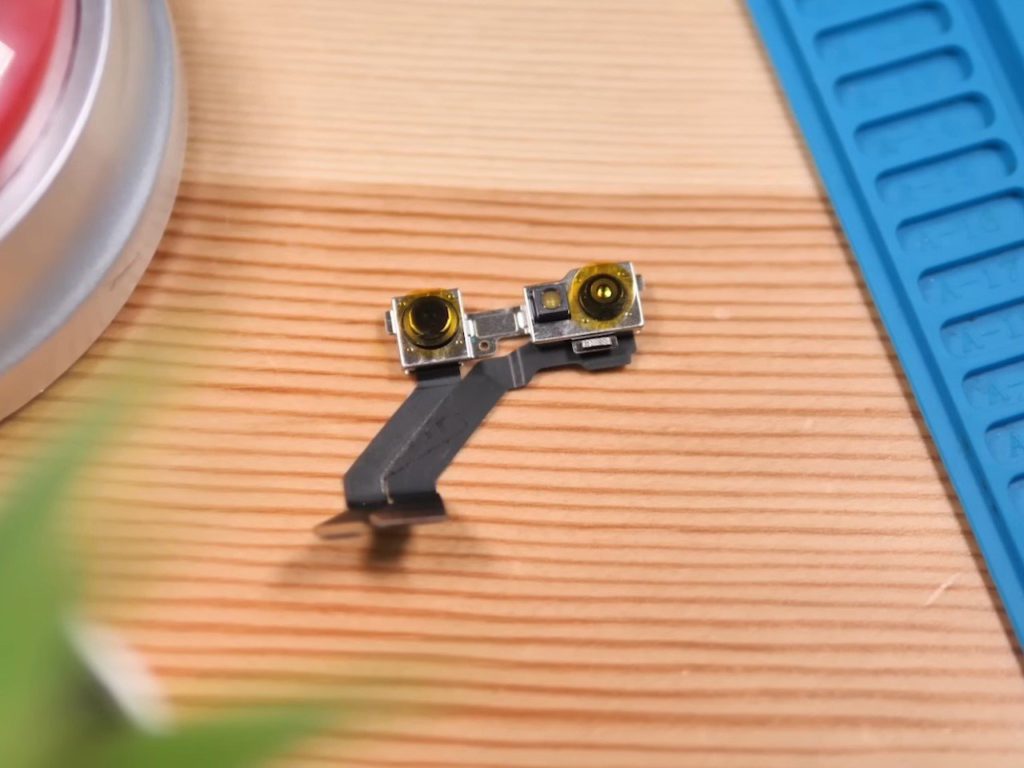
The camera module (a mere $56) purportedly contained authentic Apple hardware, complete with a tiny logo etched into the flex cable – an observation made directly by Phone Repair Guru during the build process. Like finding a designer label at a discount store, some components surprisingly maintained their pedigree. The triple lens array looked identical to official Apple parts, down to the sapphire glass covering each lens. While Chinese knockoffs have become increasingly sophisticated, this particular component appeared to be either reclaimed from a damaged iPhone or diverted from Apple’s supply chain – a common occurrence in the murky world of global electronics manufacturing where factory overruns mysteriously find their way to marketplaces.
Digital Heart Transplant: Tackling the Motherboard Challenge

The motherboard, priced at a still-hefty $161, arrived with the front camera, dot projector, and Face ID system attached. This is the tech equivalent of a heart transplant, where the donor heart might be rejected by the body. This was a calculated gamble given Apple’s notorious part-pairing system, which ties Face ID functionality to specific motherboard serialization, like a digital bouncer that only lets in guests with matching wristbands. Handling the delicate motherboard required surgeon-like precision, as even minor damage to the gold connector pins could render the entire device useless. Each flex cable had to be carefully inserted and secured, with the builder noting the satisfying yet nerve-wracking “click” of each connection.
Face Value: Testing the Screen and Face ID Functionality
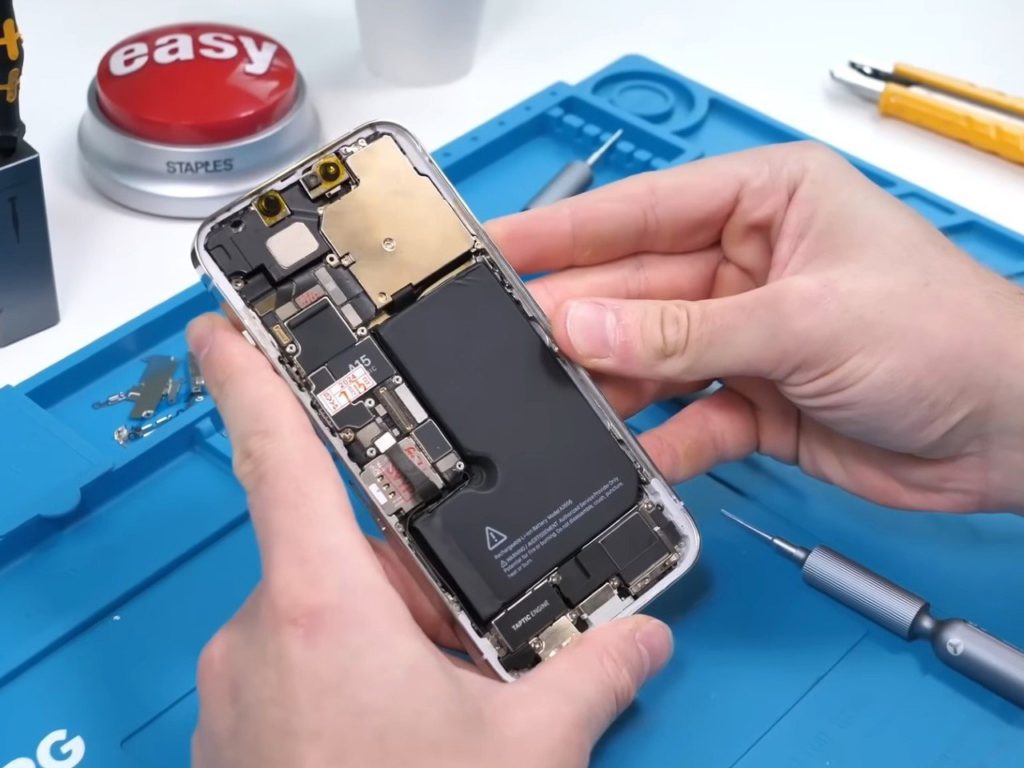
The $84 OLED screen revealed the first real compromise in the build. According to the builder’s assessment, it was thicker than Apple’s original with bezels chunky enough to make a 2018 phone blush. However, when powered on, the display reportedly performed adequately for daily doomscrolling and TikTok consumption. The real tension came when testing Apple Face ID – would the cobbled-together components recognize a human face? After a tense moment of setup, the system registered and functioned properly, a minor miracle given Apple’s aggressive anti-repair measures designed specifically to prevent this kind of component mixing. The screen might not have been perfect, but it brought the device to life.
Power Source: Battery Installation and Energy Management
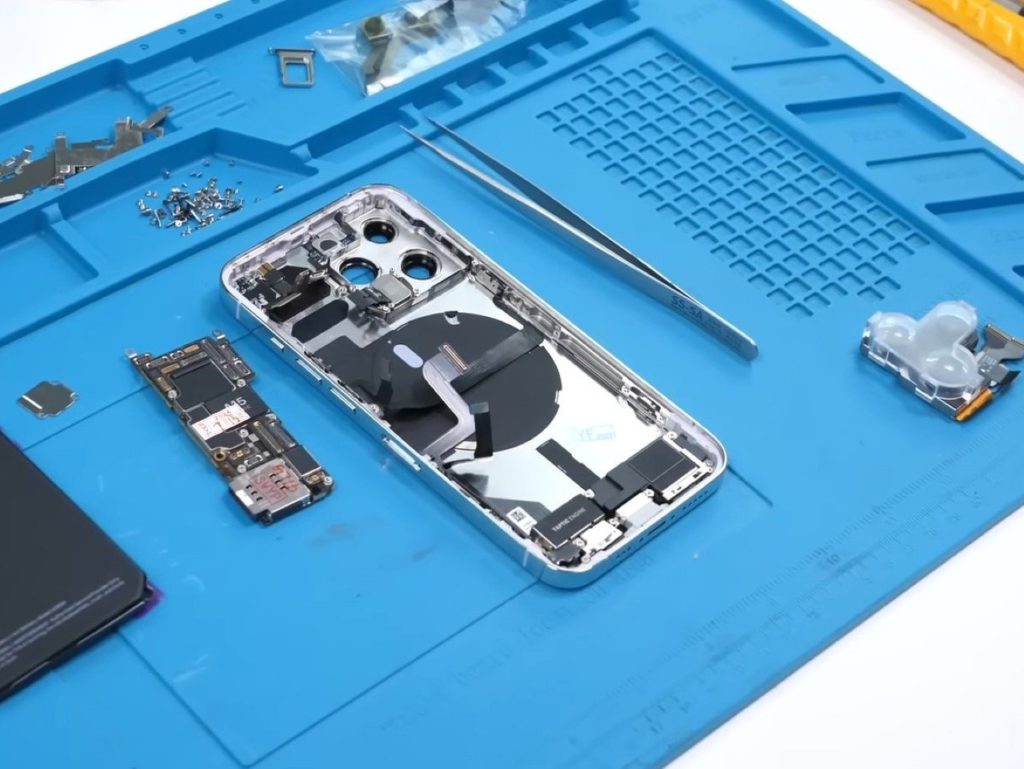
The battery component looked remarkably similar to Apple’s original, complete with proper adhesive strips and safety markings. Installing it required carefully managing the flexible connection cables while securing it firmly to the frame. Phone Repair Guru noted that while the battery appeared genuine, its capacity would likely diminish faster than an official replacement due to unknown charge cycles it may have already endured. Power management in iPhones has become increasingly sophisticated, with software that detects unofficial batteries and can limit functionality or display warnings – another hurdle this DIY build had to overcome. Remarkably, the system reported full battery health upon activation.
Precision Work: The Challenge of Microscopic Screws

Putting everything together presented significant challenges without professional guides. The builder emphasized that with no screw chart, each tiny fastener required careful consideration and experience. One wrong move supposedly risked damaging sensitive components, like performing surgery with an IKEA manual. Phone Repair Guru specifically advised that it’s safer to leave out a screw than insert the wrong one – practical wisdom that highlights the technical complexity involved. The assortment of microscopic screws, no larger than grains of sand, had to be organized meticulously, with the builder using a magnetic mat with labeled sections to prevent the nightmare scenario of mixed or lost fasteners.
Component Tetris: Fitting Everything Back Together

As the build progressed, space constraints became increasingly apparent. Modern smartphones are marvels of component tetris, with every cubic millimeter carefully utilized. The AliExpress parts, while functional, sometimes varied slightly in dimensions from Apple’s originals, creating unexpected challenges during reassembly. Cable routing became an exercise in patience and dexterity, with some connections needing to be reseated multiple times to achieve proper alignment. Heat dissipation considerations added another layer of complexity, as improperly seated components could lead to thermal bottlenecks and performance throttling – issues that might not be immediately apparent but could emerge during intensive tasks.
Front-Facing Technology: The Selfie Camera and Sensor Array

The front-facing camera assembly represented another technical challenge, with its intricate array of sensors packed into minimal space. This component handles not just selfies but the entire Face ID system, ambient light sensing, and proximity detection. The replacement part showed remarkable similarity to Apple’s original, though the builder noted slight differences in the flex cable routing. Testing revealed proper functionality across all sensors, with the facial mapping system creating an accurate depth map and the ambient light sensor correctly adjusting screen brightness. This complex subsystem worked correctly was perhaps the most surprising aspect of the entire build, given Apple’s reputation for component serialization.
The Moment of Truth: Powering On the DIY iPhone
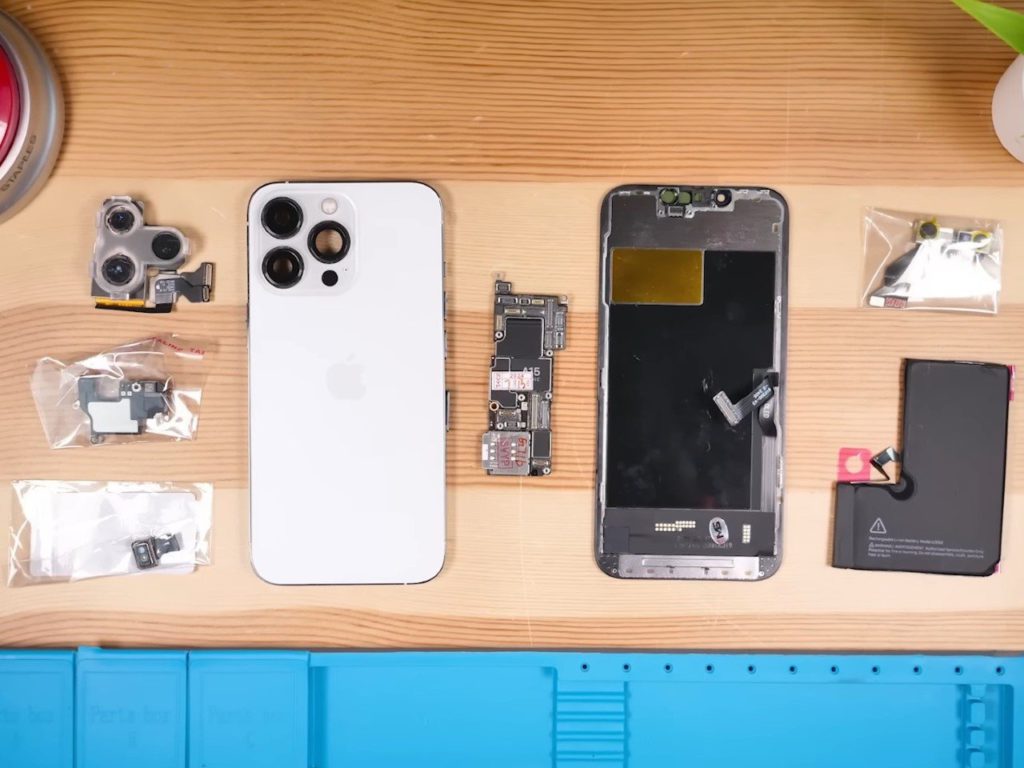
When finally powered on, the device allegedly displayed the Apple logo and booted normally – a moment of triumph after hours of meticulous assembly. The activation process proceeded without unusual errors, and all major functions responded as expected. Even Apple’s notoriously strict software validation systems appeared to accept the hodgepodge of components, though the builder noted that future iOS updates might eventually flag some components as unofficial. At $373 total (compared to approximately $513 for refurbished and $999+ new), the verified cost savings are substantial. However, as acknowledged in multiple sources, these savings come with significant hidden costs: weeks waiting for parts, technical expertise requirements, and no warranty protection.
Counting the Cost: DIY Economics vs. Apple’s Ecosystem
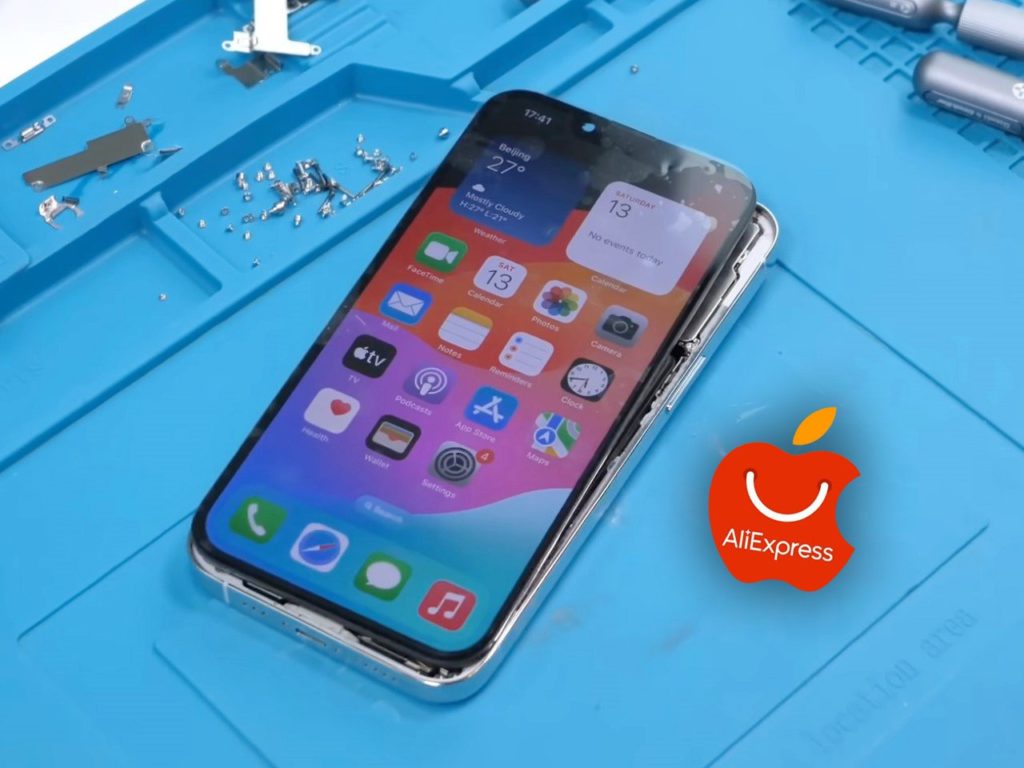
The project reveals the significant gap between hardware costs and retail pricing. It’s like discovering your designer coffee costs pennies in beans while you’re still happily paying $7 for someone else to make it for you. While this DIY approach demonstrated potential savings, it also exposed the considerable value of Apple’s quality control, warranty service, and seamless user experience that many consumers willingly pay a premium to obtain. For the technically inclined, the build represented not just a functioning phone but a victory against Apple’s walled garden approach to repairs. For everyone else, it’s a fascinating glimpse behind the curtain at what your money buys when you hand over that credit card at the Apple Store – and a reminder that convenience and confidence have always commanded a premium price.


